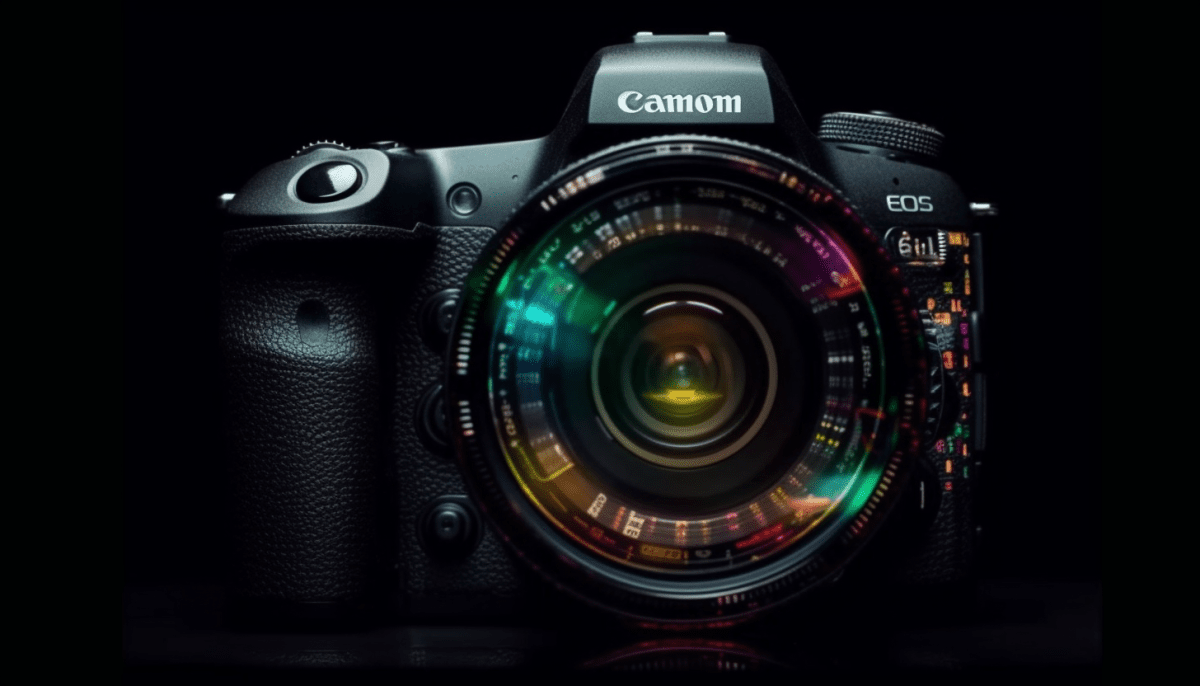When it comes to wildlife monitoring, technology has made it about as easy as pie! Gone are the days of relying solely on active tracking or guesswork. Thanks to modern camera traps and remote monitoring systems, you can observe animals in their natural habitats without disturbing them. It's like having a front-row seat to nature’s greatest show!
Most wildlife cameras come equipped with motion sensors that snap pictures or record videos when they detect movement. This means you can capture stunning shots of animals you might never see otherwise. Whether it’s a curious deer or a prowling fox, these cameras help reveal the secret lives of wildlife, giving conservationists valuable data.
If you’re thinking about getting a wildlife camera, look for features like night vision, weather resistance, and easy setup. Some even allow you to access images remotely through an app, so you can check in on your favorite spots without waking up at dawn. This convenience helps volunteers and researchers monitor populations and behaviors more efficiently, supporting conservation efforts.
Another great perk is the affordability of many models out there. You don't need a massive budget to get started. With plenty of options available, you can find a camera that fits your needs whether you’re a seasoned pro or just starting your wildlife watching journey. It's a win-win for nature enthusiasts and conservationists alike!
Capturing Nature in Real Time
Every day, wildlife faces threats from habitat loss, poaching, and climate change, making conservation efforts more important than ever. Thanks to advancements in camera technology, we’re now capturing the beauty and realities of nature like never before. These tools have become essential for researchers, helping them monitor animal populations and behaviors in real-time.
Trail cameras, for instance, are a game-changer. Placed in strategic locations, they automatically snap photos or videos when animals pass by. This means researchers can study creatures in their natural habitats without disturbing them. Imagine getting a glimpse of shy animals like bobcats or coyotes that you’d never see otherwise! With some models featuring night vision, these cameras provide a full picture, day or night.
Then there are drone cameras, taking things to new heights—literally! Drones offer a bird’s-eye view of wildlife areas, helping teams survey large landscapes quickly. This capability is invaluable for tracking migration patterns or assessing the impact of human activities. Plus, they can reach remote areas that are otherwise hard to access.
The best part? Many of these cameras come equipped with smart features. Some send real-time alerts when they capture movement, allowing conservationists to respond quickly to poaching or other threats. This technology not only saves time but also maximizes the effectiveness of conservation strategies.
Data Driven Decisions for Conservation
Data-driven decisions are at the heart of modern conservation efforts, especially when it comes to protecting wildlife. By using the latest camera technology, conservationists can gather crucial information that helps them understand animal behavior, track populations, and monitor habitats in real-time.
One of the most exciting tools in this area is camera traps. These devices take photos or videos when they sense motion, providing a non-intrusive way to study wildlife. The data collected allows researchers to identify species, population sizes, and even patterns in behavior such as feeding or mating habits.
With the rise of smart cameras equipped with AI, the process has become even more efficient. These advanced models can even recognize individual animals by their markings or features. This means less time sorting through images and more time analyzing trends and making decisions that truly impact conservation strategies.
Not only does this technology help track endangered species, but it also aids in monitoring the effectiveness of protected areas. By understanding how wildlife interacts with their environment, conservationists can implement better management practices and adjust their plans based on solid data.
Empowering Communities to Protect Wildlife
One of the coolest aspects of using camera tech is how it encourages local involvement. When community members see the wildlife in their area captured on camera, they often feel a stronger connection to those animals. This connection can inspire people to engage in conservation activities, like volunteering for clean-up efforts or participating in wildlife monitoring programs. It turns conservation into a community effort, which makes a big difference.
Moreover, these cameras serve as a powerful tool for education. Schools and local organizations use the footage to teach kids and adults about the importance of biodiversity and habitats. By sharing the exciting moments from the cameras, such as animals playing or hunting, communities can raise awareness about the challenges these creatures face and the steps needed to protect them.
Finally, having a visual record of wildlife helps communities advocate for better conservation policies. When people can show concrete evidence of the local wildlife habitat, it becomes easier to address issues like poaching or habitat destruction. The data collected by these cameras can be shared with decision-makers, empowering communities to advocate for their local wildlife and influence policies that support conservation efforts.

